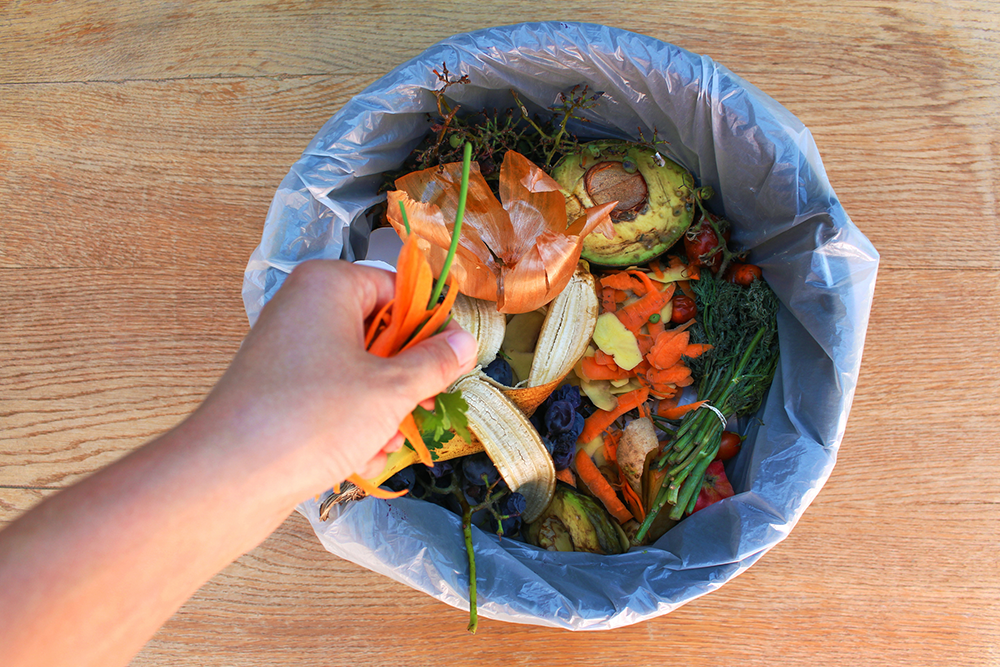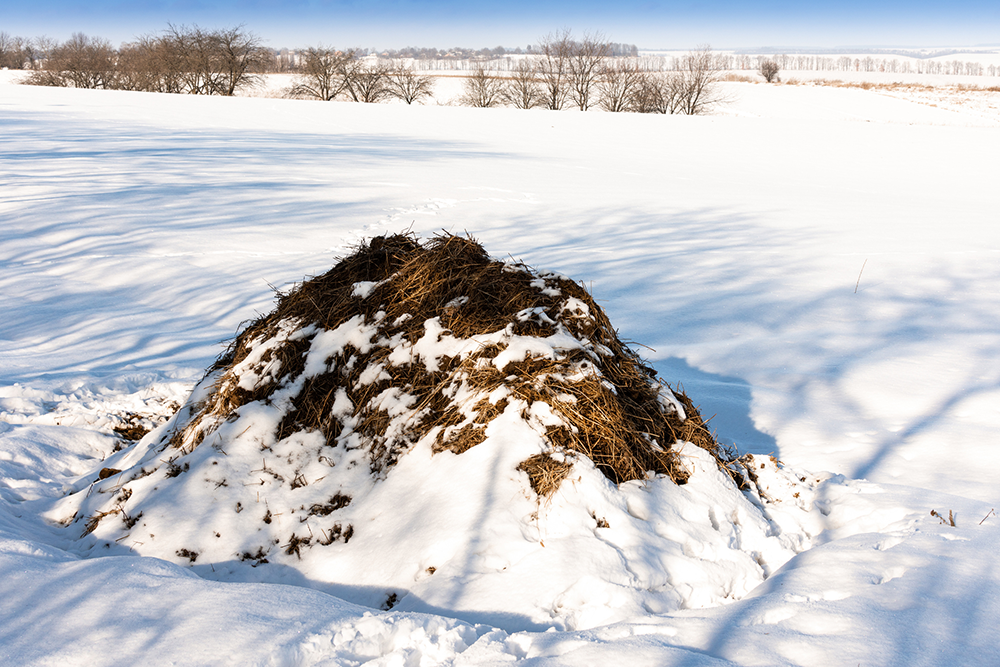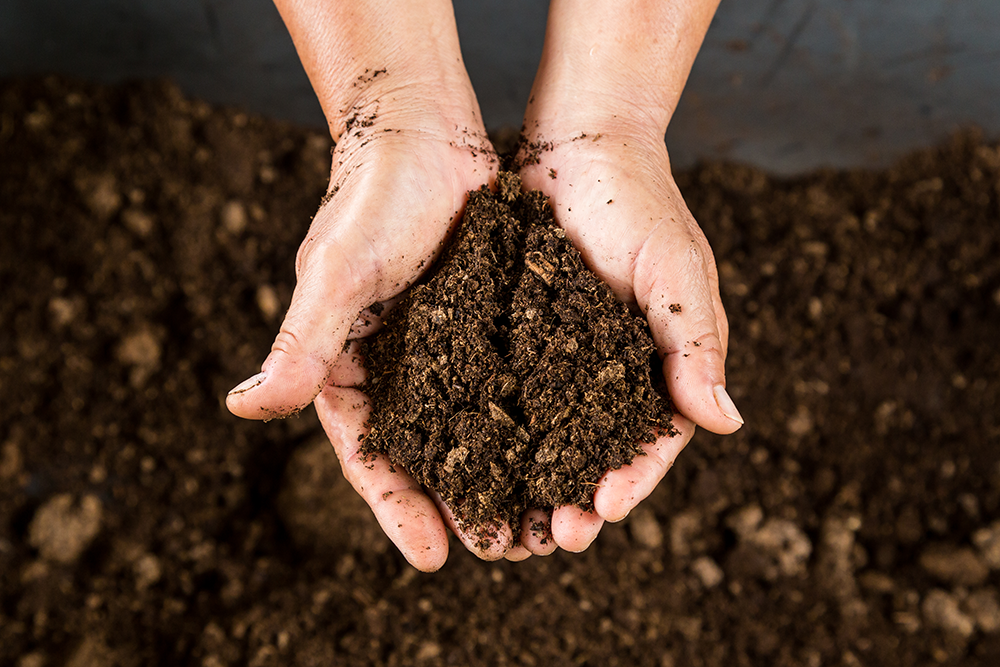How to compost in the cold: Preparing for a Sustainable Spring

It’s never too early to prepare for spring gardening! Starting your spring with nutrient-rich compost gives you a head start on a garden the whole neighborhood will envy. But having compost ready for March or April means there’s work to do over the winter. Here are a few tips on cold weather composting that’ll help you hit the ground running this spring!
Complete Compost Components

Cold weather composting is no different than any other at-home composting. It’s the perfect way to recycle food scraps. For the process to take place, you need four main components. Whenever these components come together, the result will be a rich compost.
- Brown materials, such as fall leaves, shredded paper, wood chips.
- Green materials, such as grass clippings, fruit/vegetable scraps.
- Sufficient moisture.
The problem with pre-spring composting is that temperatures below 40 slow the process down to a crawl. Any old pile will create a little bit of useable compost over the winter. The challenge is to create an environment that encourages heat within the pile.
Creating Hot Compost

If you’ve never composted at home before or if you have very limited outdoor space, you can make a bin indoors. Having a place inside to compost kitchen waste is a great way to keep scraps out of the landfill. Plus, since everything is stored at room temperature, you eliminate any slowing due to cold weather.
You probably want to keep meat scraps out of your indoor compost pile. While technically compostable, the smell of rotting meat attracts vermin and is difficult to keep contained.
Some people opt to do their indoor composting in a simple five-gallon bucket. You can take out even more guesswork by buying an all-in-one composting unit at your local hardware store. Looking for something a little more adventurous? Vermicomposting (using worms) and bokashi (inoculated bran) composting are gaining popularity with home gardeners worldwide.
Composting as a Community
Composting at home is a great way to reduce kitchen waste and cultivate fertile soil for a spring garden. Just as some organizations will help your community recycle, there are others that can help you start a public compost program. In some areas, like San Francisco, mandatory recycling and composting programs have diverted more than 80 percent of waste from going to the landfill. That’s more than 1.5 million tons per year!
Is My Compost Ready?

So you’ve composted for months, and spring is finally here. How can you be sure your compost is ready to use in a garden? It doesn’t take an expert! When it’s ready, compost will not look (or smell) like old, rotten material. If what’s on the bottom of your pile looks and smells dark, rich, and earthy, you’re ready to go. If it still looks and smells like kitchen scraps, turn the pile and let it sit. It’ll get there soon enough!
Larry Jergins has worked in his county waste management division for 20 years and recently became certified as a recycling specialist. His favorite project is turning Christmas trees and yard waste into mulch for the community.